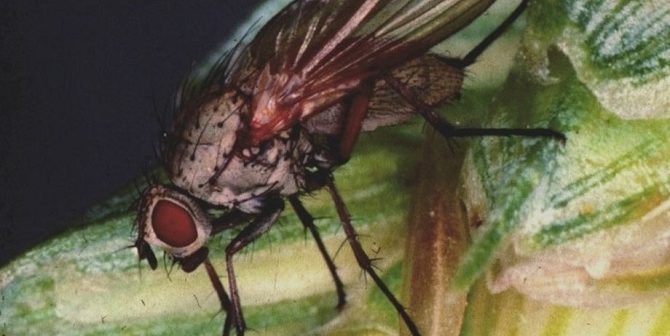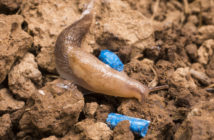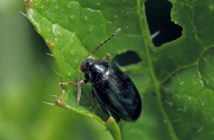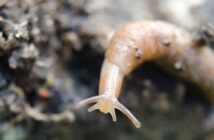The low wheat bulb fly pressure trend looks set to continue in 2019, according to early results from the AHDB autumn survey of this cereal pest.
Conducted by ADAS, the survey uses soil samples from 30 fields, split equally across sites located in the East and North of England that are prone to attack, to calculate the number of eggs per square metre.
The results can indicate whether treated seed could potentially reduce the risk of unacceptable crop losses.
According to the initial results, a seed treatment would potentially be beneficial for late-sown winter crops at just two of the 12 sites surveyed.
Both of these ‘moderate-risk’ sites were located in North Yorkshire, with egg populations slightly above the 100/m2 threshold. The other ten sites were categorised as ‘low risk’.
Access AHDB report




